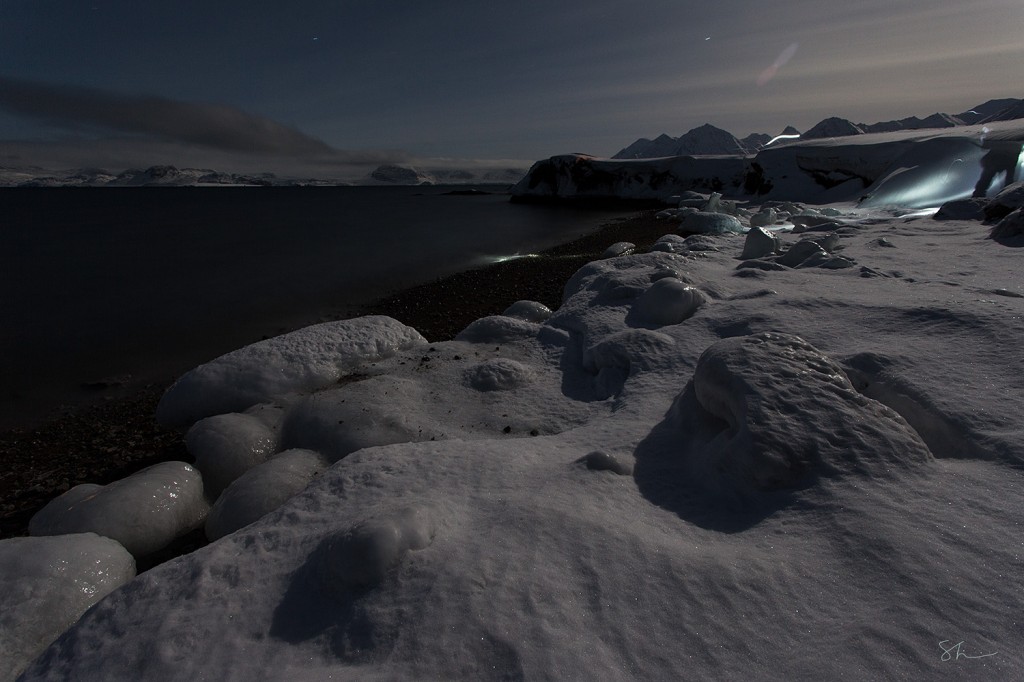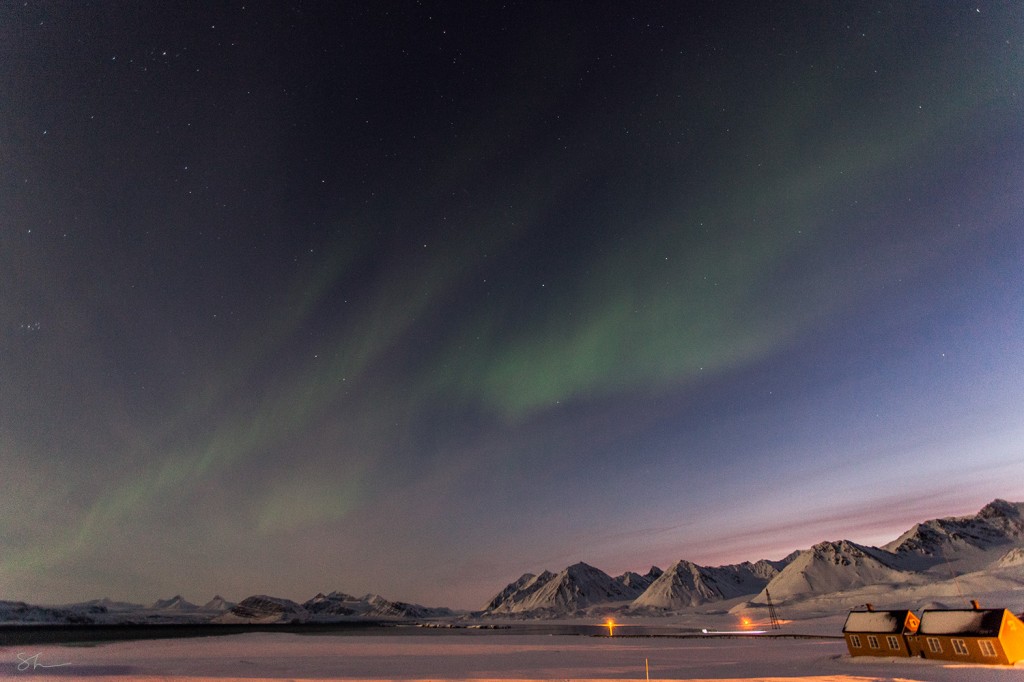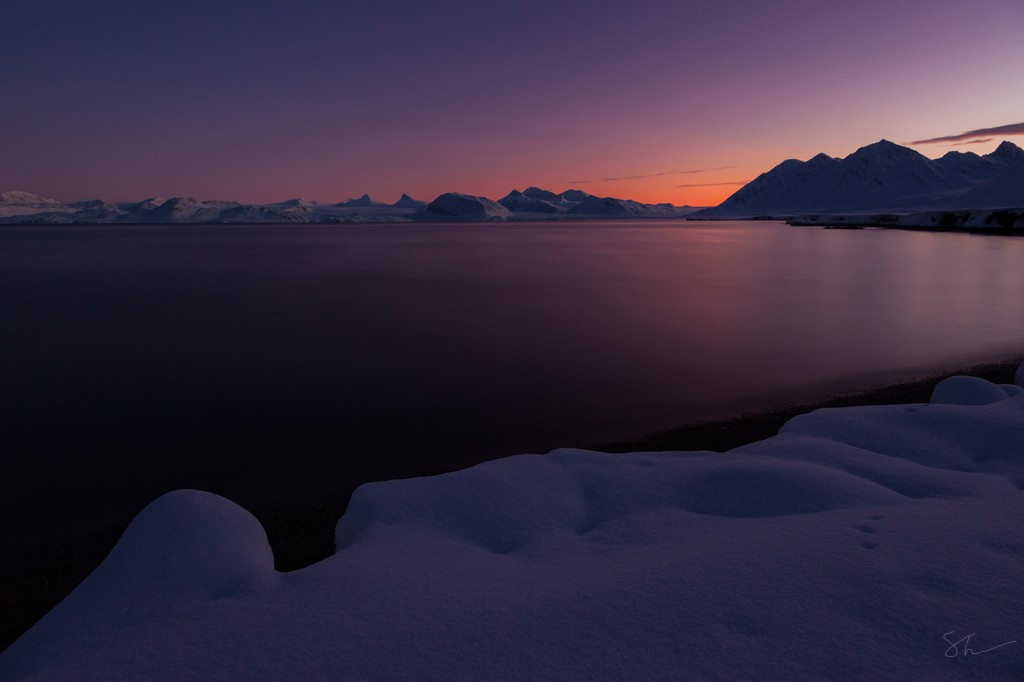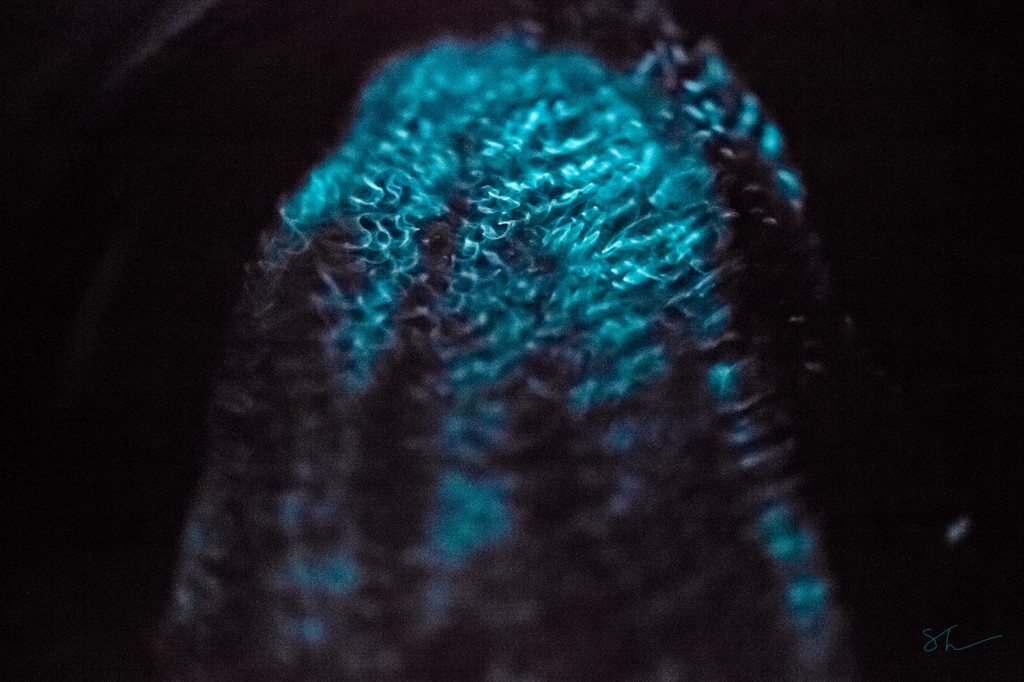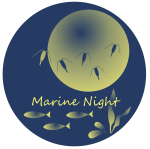Greetings from Ny-Alesund in Svalbard! As this is written we are surrounded by a very special phenomenon. It occurs during the arctic wintertime and is called the polar night. In Svalbard the polar night last for approximately two and a half months each year. While people in other parts of the world start their day with the shining sun, the people of Svalbard and other parts of the arctic wake up in absolute darkness. The everlasting night has various effects on humans. You enter a kind of hibernation mode making it extremely difficult to get out of bed in the morning. We recommend a strong dose of self-discipline and a very persistent alarm (mine makes me solve maths problems before it gets silent). In the dark you also have a tendency to walk into things and fall over a lot especially if you forget your headlamp at home. Finally, your lonely morning walks, which might usually help clear your head become quite stressful as the thought of a nearby polar bear hidden in the deep dark has a way of disrupting tranquility.
But the darkness isn´t absolute. The absence of the sunrays allows other natural wonders of light to take over and transform the polar night. With a clear sky above you can eat your lunch under a full moon and dancing Aurora Borealis. Approaching the seasonal shift in late polar winter the irradiance of the sun starts to spice things up with fascinating colors. Besides the input of light by astronomical and geophysical events, organisms can also make their mark on the polar night. Luminescent organisms are very abundant in the ocean. In fact bioluminescence comprise one of two major light sources in the biological world along with the sun.
As these various light sources are now being studied and measured for the first time we will soon unveil the numerous mysteries of the Arctic polar night. Is bioluminescence a defensive function or simply show off? Is there any hanky panky going on in the polar night? Stay tuned! We will bring you these answers and many more.
Regards, Jóhann, Nína and Stuart.
